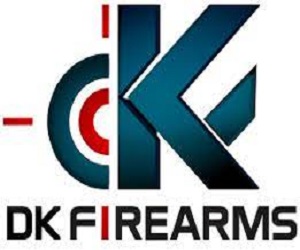I've been hunting deer with a Ruger American predator in .308. It's a fine rifle, and has mainly fit my need except for one.
This past season and in the future, I've been given the chance to hunt fairly large farm fields. Some are 1000 yards across. On opening day in WV, I passed on two great deer because they were at 250-300 yards. My confidence in my ability to shoot well at that distance is not great, and is compounded by only having .308 rounds out of a short barrel rifle. Second, I'm gearing up for elk hunts in the next few years, out west. I shot one buck this season at 250-275 yards, and hit him on the first shot, but it was lower than expected. Felt like the bullet is dropping fast at that distance.
So, given that info, what would you do?
1. Get better at shooting what I've got at longer distances?
2. Switch rifles and/or calibers for all hunts.
3. Keep the ruger for some hunting, but add a longer range option (flatter like a .25-06, or a magnum).
4. Other?
This past season and in the future, I've been given the chance to hunt fairly large farm fields. Some are 1000 yards across. On opening day in WV, I passed on two great deer because they were at 250-300 yards. My confidence in my ability to shoot well at that distance is not great, and is compounded by only having .308 rounds out of a short barrel rifle. Second, I'm gearing up for elk hunts in the next few years, out west. I shot one buck this season at 250-275 yards, and hit him on the first shot, but it was lower than expected. Felt like the bullet is dropping fast at that distance.
So, given that info, what would you do?
1. Get better at shooting what I've got at longer distances?
2. Switch rifles and/or calibers for all hunts.
3. Keep the ruger for some hunting, but add a longer range option (flatter like a .25-06, or a magnum).
4. Other?

